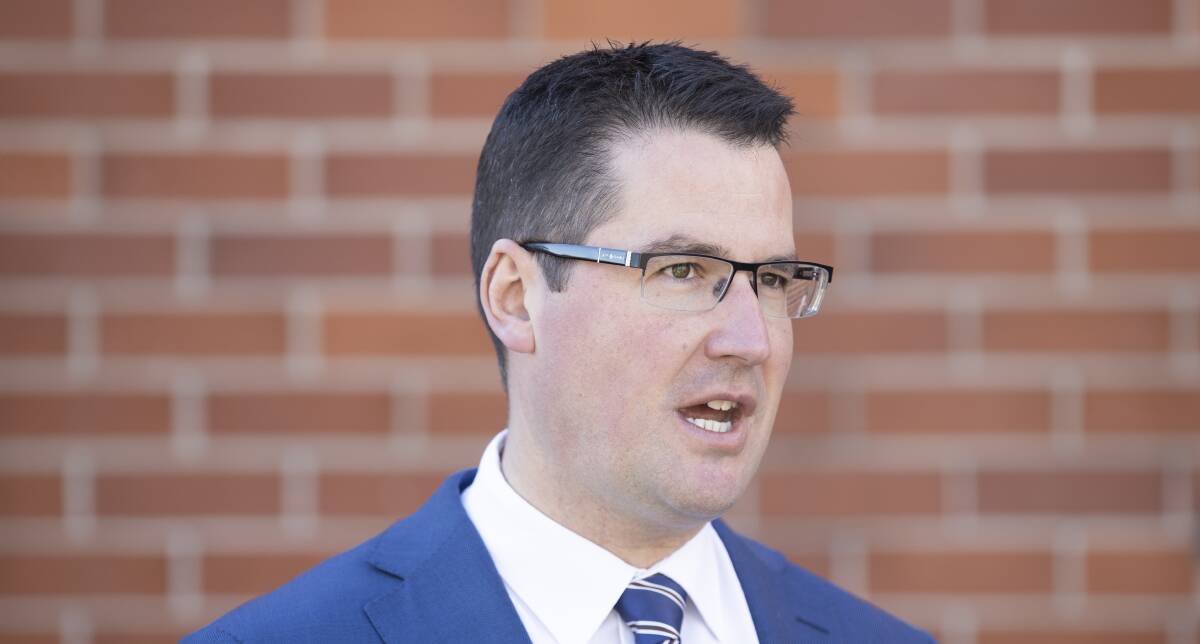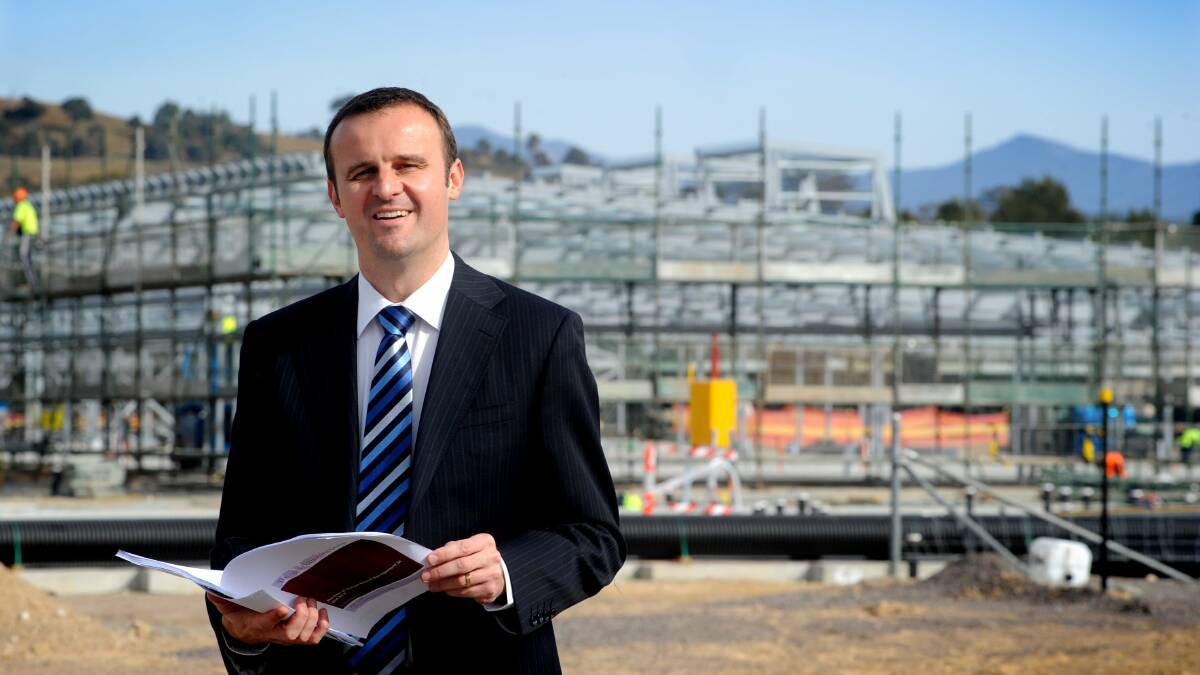
ACT senator Zed Seselja has renewed calls for development west of the Murrumbidgee River after newly released documents revealed territory bureaucrats were highly critical of developing the area.
The Liberal senator has urged the territory government to reconsider its planning policies, saying its intense urban infill policy has contributed to poor housing affordability outcomes.
But Chief Minister Andrew Barr has reaffirmed the government will not change its position, saying the west Tuggeranong land cannot be developed on environmental grounds.
Decade-old cabinet documents released to The Canberra Times revealed that public servants from the now-defunct Territory and Municipal Services department did not even want the land considered for future development due to ecological reasons.
Senator Seselja has long pushed for development in the area and said the revelations showed the government has sought to deliberately restrict land supply for at least a decade.
"It's sad that Andrew Barr has caved either to the bureaucratic advice or to his Greens partners," Senator Seselja said.
"The final result is that the policy of the moment and it has been for a number of years is to completely rule out this type of development."
A spokeswoman for Mr Barr said advice from ACT government directorates around the environmental concerns played a big part in informing the decision to not develop the area.
"Senator Seselja is entitled to his opinion on the merits of development in this areas, as does many other residents in the Tuggeranong Valley and surrounds," the spokeswoman said.
"The government's position on this has been informed by the advice of experts, as well as the input from the community.
"Many Tuggeranong residents have raised concerns about development close to the Murrumbidgee River in the past."
The ACT's 2018 planning strategy ruled out future development in the west Tuggeranong land due to complexities in environmental, landscape and community values.
There are significant areas of Yellow Box-Blakely's Red Gum Grassy Woodland on the land and bureaucrats have feared any development would have adverse ecological outcomes.

Despite this, the federal government amended the national capital plan in 2016 to allow development west of the Murrumbidgee.
Senator Seselja said he believed a balance could be found between the environment and development.
"If you look at the way Canberra has developed, we've always balanced these environmental concerns with the need for housing," he said.
"Any future greenfield would of course look after the environment, it will look after our river system, it will look after woodlands.
"That doesn't mean you put blanket bans on development because if we were to take that approach we would virtually not develop anywhere because there is always some environmental impact."
MORE A.C.T. POLITICS NEWS:
- What impact will a new deputy leader have on the Canberra Liberals?
-
ACT public housing dips despite 'urgent need'
- High-voltage lines to stay as SLA takes Lawson development in-house
Senator Seselja first advocated for the development in 2014, saying the development would revitalise Tuggeranong. He said he believed the development was crucial for Canberra's south.
"For those who live on the south side of Canberra, young people are being given virtually no choice when it comes to housing... they are being forced to the north side or well over the border into Googong," he said.
"It's particularly important to people on the south because there's been really no affordable development on the south side for 15 or 20 years at least.
"Tuggeranong is finished if you don't go west of the Murrumbidgee."
Mr Barr's spokeswoman rejected Senator Seselja's assertion there had been no affordable development in the south in recent years.
"Canberra's south has grown through significant infill developments surrounding the Tuggeranong town centre, as well as the major development in the Molonglo Valley," she said.
ACT Greens senate candidate Tjanara Goreng Goreng hit back at Senator Seselja's comments.
"Destroying the environment and important sites of First Nations heritage will not make houses more affordable. Building affordable public and social housing and scrapping handouts to property developers and speculators, including negative gearing and franking credits, will," Dr Goreng Goreng said.







